Why Dholes Keep Tigers On Edge: 10 Wild Facts

In the dense parts of Asia’s forests, a quiet clash between dholes and tigers has been playing out for centuries. It’s not a battle of equals, but it isn’t one-sided either. Two predators with completely different approaches often end up circling the same prize. Here are 10 grounded facts about these rival hunters.
Dholes Use Pack Hunting

Dholes rely on teamwork to bring down prey far larger than themselves. Packs of 8–12 individuals coordinate to chase and exhaust animals like deer or wild boar. Unlike solitary hunters, dholes attack in shifts to keep the prey moving until it collapses. This method compensates for their smaller size.
Dholes Coordinate With Whistles
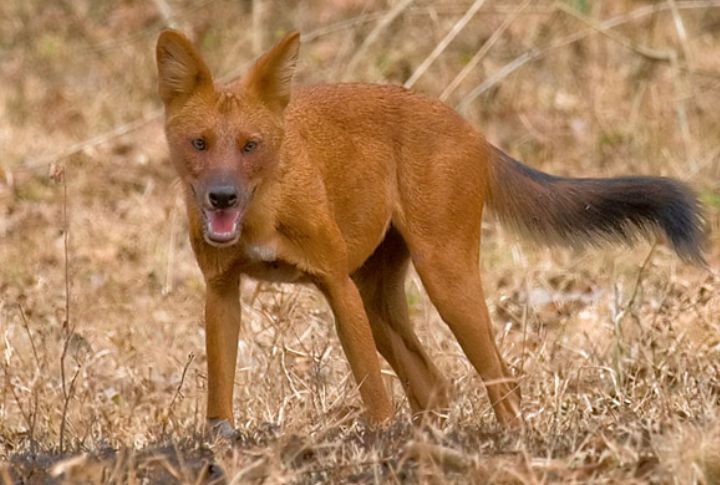
Dholes use a complex system of vocalizations, including high-pitched whistles and yelps, to communicate across distances. These sounds help coordinate movement or call for backup. Opposite to tigers, dholes maintain auditory contact throughout the hunt to enable tightly synchronized group tactics even in dense terrain.
Dholes Pressure Tigers Away From Their Kills

When dholes approach a tiger’s fresh kill, the tiger will often abandon it rather than defend the carcass. Their teamwork and persistence force the tigers to retreat quickly to avoid injury. This strategy lets dholes access valuable food sources while minimizing risk.
Dholes Eat Faster Than Tigers
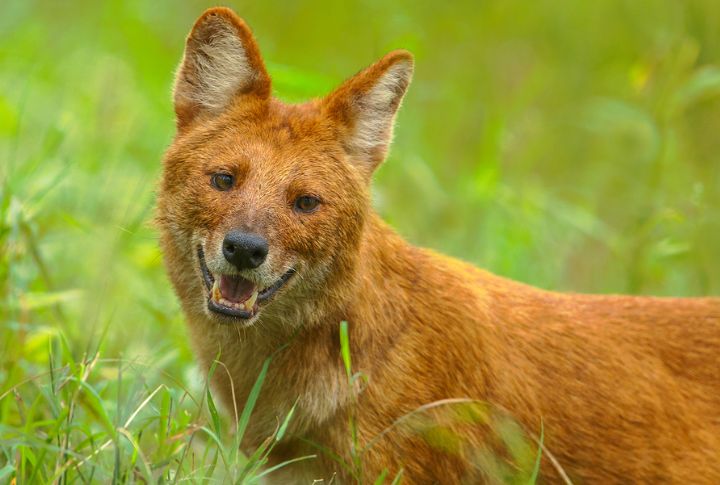
A dhole pack can strip a carcass to the bone in under 20 minutes. This rapid feeding behavior is an evolutionary response to competition, especially from larger predators like tigers and leopards. Tigers, by contrast, eat alone and slowly, sometimes returning to a kill over several days if undisturbed.
Dholes Follow Tiger Trails
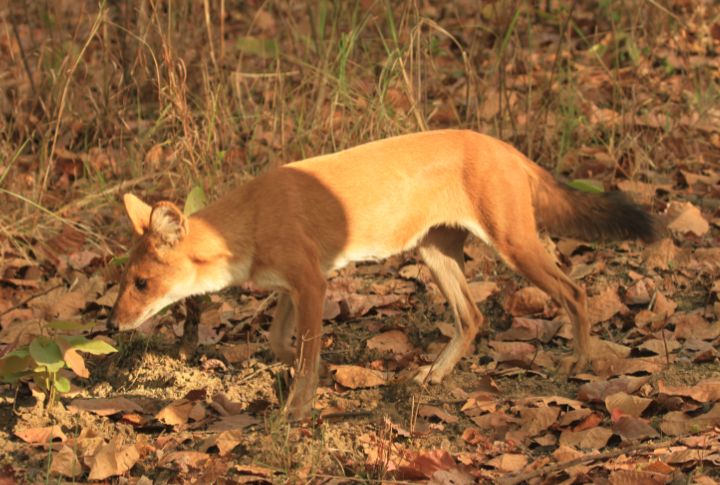
In overlapping habitats, dholes have been observed using tiger scent trails to locate potential prey. Tigers usually blaze efficient paths while stalking ungulates, and dholes take advantage by tracking these routes shortly after. Such behavior reflects opportunism.
Dholes Attack From All Sides

During a hunt, dholes deploy flanking maneuvers to disorient prey. Individuals take turns darting in from various angles to deliver quick bites before retreating. This harassment wears down the animal both physically and mentally. Even large predators like tigers struggle to defend against this style.
Dholes Breach Tiger Territory

Dholes are known to enter tiger-held ranges in search of prey, especially during dry seasons when food sources shrink. Unlike leopards or smaller carnivores that avoid tiger zones entirely, dholes take the risk. Their numbers provide protection, even in areas ruled by a solitary apex predator.
Dholes Target Tiger Cubs
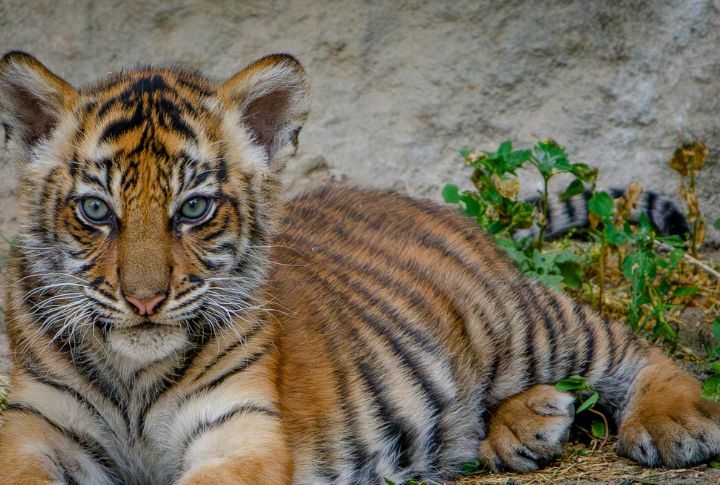
Although dholes typically focus on ungulates, they won’t ignore an unprotected carnivore nest. There are recorded instances of dholes killing tiger cubs during den raids. Cubs are easy targets if the mother is away or outnumbered. These attacks are rare but impactful, affecting tiger population dynamics.
Dholes Adjust Hunts By Season
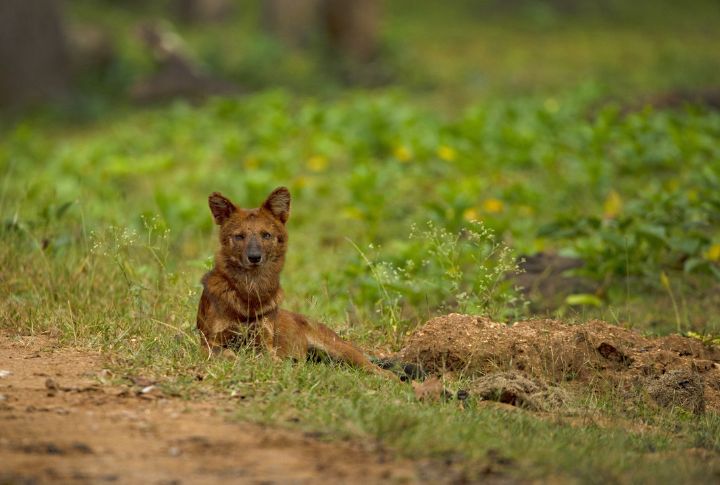
Dhole hunting behavior changes with the seasons. In summer, they chase prey over open ground. In monsoon months, they rely more on ambush within dense undergrowth. If tigers’ ambush style stays consistent, dholes adapt their tactics based on terrain and visibility.
Dholes Show Remarkable Endurance During Hunts
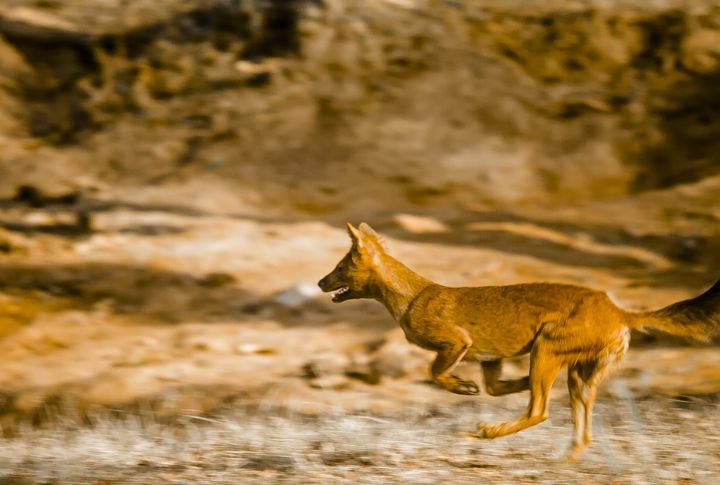
Unlike tigers that rely on short bursts of power, dholes excel at long chases. Their stamina allows packs to pursue prey over several kilometers, wearing it down through relentless pressure. This endurance hunting style forces prey to collapse from exhaustion, making dholes efficient predators in open and forested areas alike.





